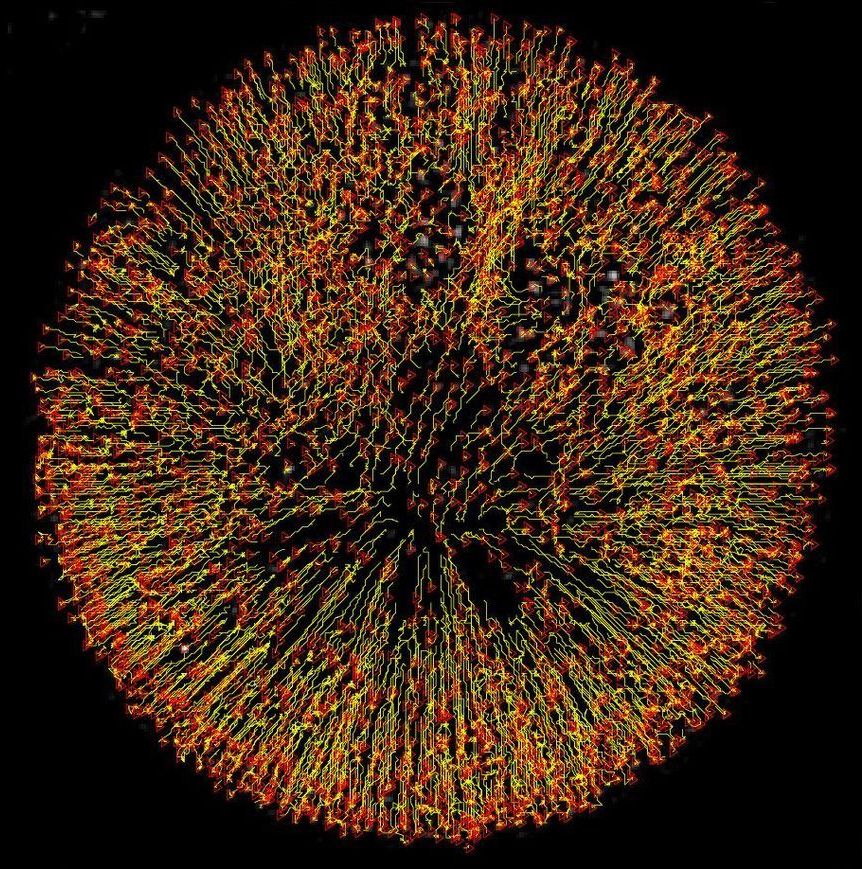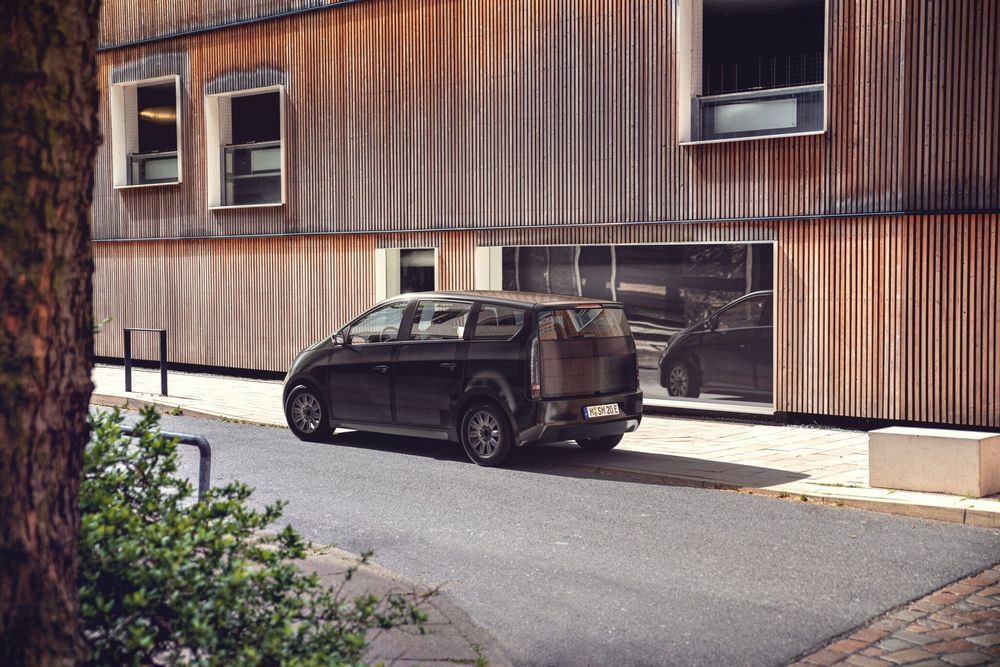Sixty feet beneath the surface of the Caribbean Sea, aquanaut Fabien Cousteau and industrial designer Yves Béhar are envisioning the world’s largest underwater research station and habitat.
The pair have unveiled Fabien Cousteau’s Proteus, a 4,000-square-foot modular lab that will sit under the water off the coast of Curaçao, providing a home to scientists and researchers from across the world studying the ocean — from the effects of climate change and new marine life to medicinal breakthroughs.
Designed as a two-story circular structure grounded to the ocean floor on stilts, Proteus’ protruding pods contain laboratories, personal quarters, medical bays and a moon pool where divers can access the ocean floor. Powered by wind and solar energy, and ocean thermal energy conversion, the structure will also feature the first underwater greenhouse for growing food, as well as a video production facility.








